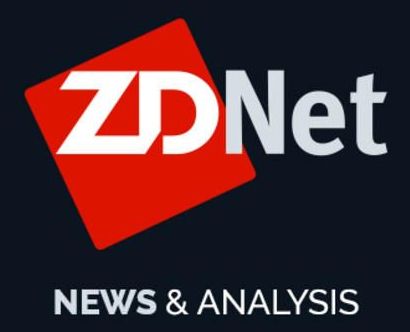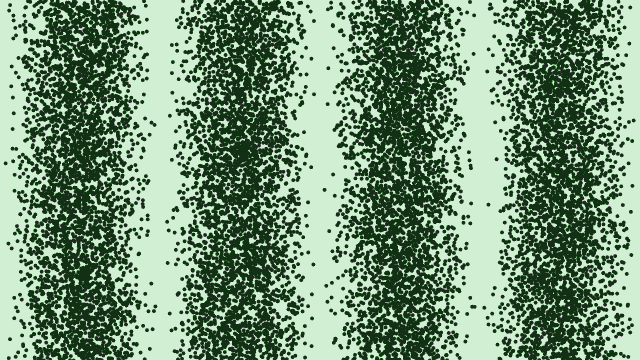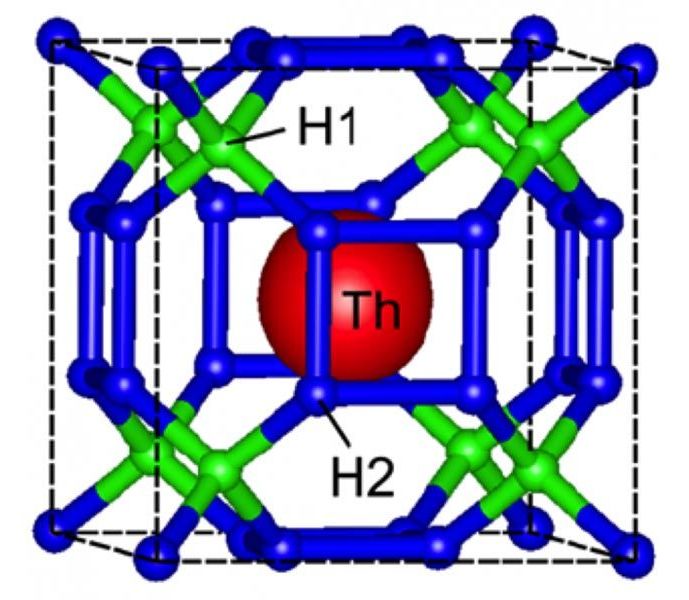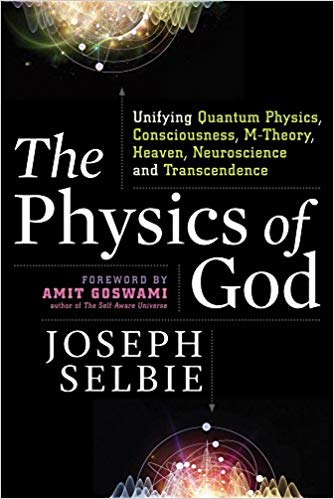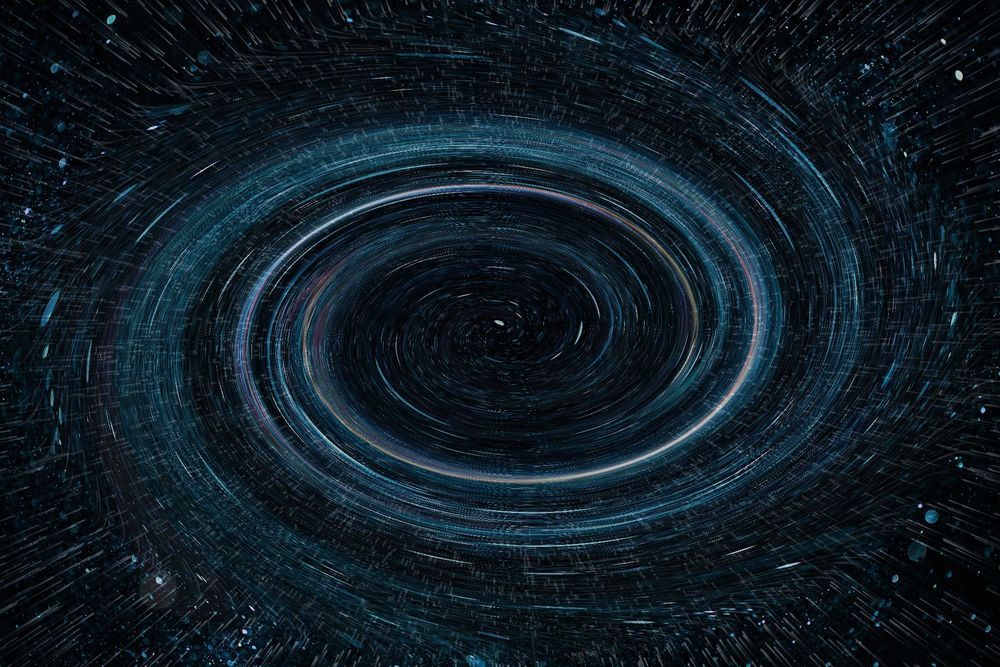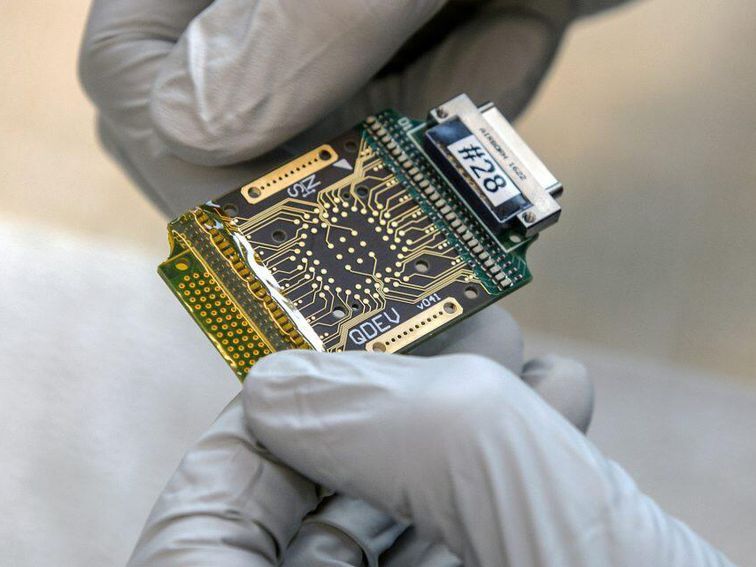Nov 11, 2019
Quantum computing gets 10 billion qubits closer
Posted by Quinn Sena in categories: computing, particle physics, quantum physics
Oxford University researchers have, for the first time, generated a massive 10 billion entangled bits in silicon, taking an important step towards a real world quantum computer.
The researchers cooled a piece of phosphorus-doped silicon to within one degree of absolute zero and applied a magnetic field. This process lined up the spins of one electron per phosphorus atom. Then the scientists used carefully timed radio pulses to nudge the nuclei and electrons into an entangled state. Across the silicon crystal, this produced billions of entangled pairs.
Stephanie Simmons, researcher and lead author on the paper Entanglement in a solid-state spin ensemble — published in Nature, says that quantum computers really start to give classical computers a run for their money at a few dozen qubits, but her team is working to skip that stage altogether by going directly from a two-qubit system to one with 10 billion.
